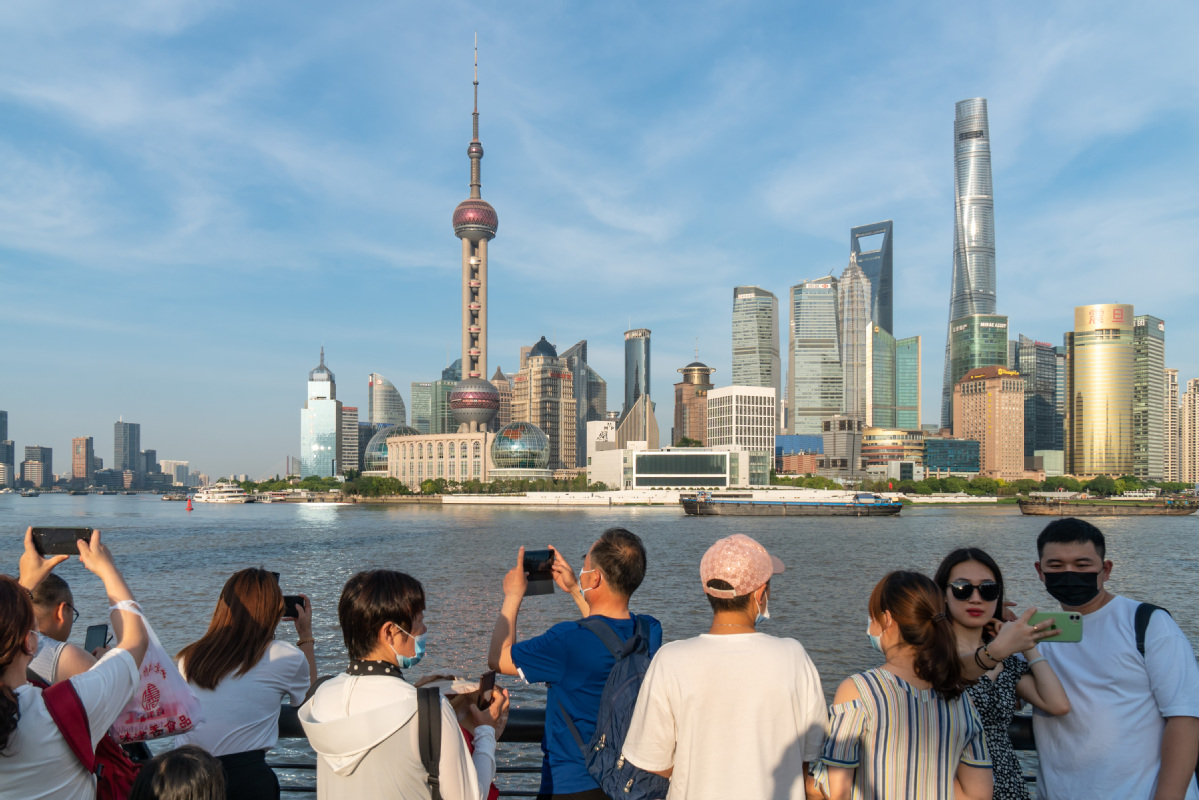Tribute paid to nation's seven-decade economic transformation
By APARAJIT CHAKRABORTY in New Delhi | CHINA DAILY | Updated: 2022-02-08 07:04

With the People's Republic of China entering a new development phase after celebrations marking the 72nd anniversary of its founding in October, experts from India have hailed the huge changes they have witnessed in the world's most populous nation.
Alka Acharya, a professor at the Centre for East Asian Studies at Jawaharlal Nehru University's School of International Studies, said the PRC experienced hardship in its early push for modernization. It then "took the fast track" after reforms were introduced, with infrastructure improvements paving the way for fast growth.
The nation started its economic transformation with basic infrastructure, building numerous roads and bridges.
While Japan pioneered high-speed rail travel in the 1960s with trains traveling at more than 250 kilometers per hour, and European nations followed suit in the 1980s and 1990s, China quickly took the lead in this sector after its first high-speed line was introduced in 2007.
B. R. Deepak, a professor at the Centre for Chinese and Southeast Asian Studies at Jawaharlal Nehru University, said that in 1991, there were no metro trains in Shanghai, but by the early 2000s, a total transformation had taken place, with such services available in many cities nationwide.
In addition, businesses were booming and new manufacturing sectors had started to thrive, he said.
The Global Infrastructure Hub, a not-for-profit organization created by the Group of Twenty, or G20, to advance its infrastructure agenda, estimates that total infrastructure investment in China amounted to $3.3 trillion from 2013 to 2018.
Moreover, in recent decades, the nation has embraced greening, spending $15 billion a year on creating new public parks.
According to the Ministry of Housing and Urban-Rural Development, the number of urban green spaces has risen fivefold since 2001.
Last year, Shanghai opened 55 new parks, bringing the total in the city to 406, and it plans to build 600 more in the next five years.
According to the ministry: "The average Chinese city now rivals New York in publicly accessible green space per person. The latest 14th Five-Year Plan (2021-25) calls for building 1,000 large parks around the country to encourage physical fitness."
David Mann, global chief economist at Standard Chartered Bank, said, "From the end of the 1970s onwards we've seen what is easily the most impressive economic miracle of any economy in history."
According to data published by the World Bank in 2019, China's GDP has risen sharply since 1990.
Effective governance by the Communist Party of China is often credited for the nation's rapid development and long-time social stability.
Swaran Singh, chairman of the Centre for International Politics, Organization and Disarmament at Jawaharlal Nehru University, said that after extensive domestic consultations, the Party, which has led the PRC since 1949, can implement its decisions with a minimal number of "institutional roadblocks".Singh visited China several times from 1999 to 2019.
Now, China's next step in nation-building is to integrate domestic consumption with international markets and to advance the Belt and Road Initiative.
The writer is a freelance journalist for China Daily.
























